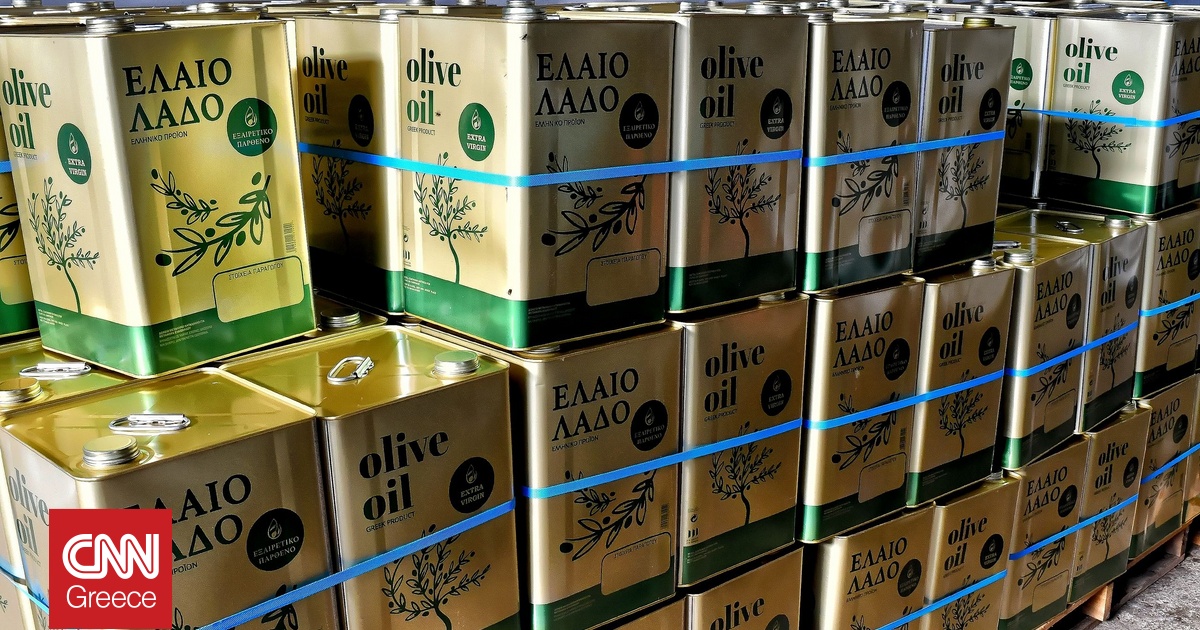The Daily View: Going it alone
BRUSSELS tends to leak more than the rusty shadow fleet tankers they seek to regulate, but as the triumphant agreement of an 18th sanctions package emerged on Friday, there was surprisingly little detail to accompany it.
The usually chatty leakers were unusually uninformed.
The draft text had been a hard won political fight to get over the line and while officials were happy to detail the broad brush headlines, the legal text was hurriedly being drafted in the background.
In practice the delay only meant that the tantalising detail of which open register had been sanctioned (Gabon and Comoros) and which ships, companies and shadow fleet operators are now blacklisted didn’t emerge until the weekend. But the increasing difficulty of these agreements warns of a wider issue that should concern everyone.
The further we go down this road of ever-growing sanctions, the more complex and challenging it gets, and not just for the politicians.
This latest package confirms an important deviation in strategy that will directly affect shipping.
The oil price cap has always been flawed, but it had previously come with the backing of the G7 states. Now, with the EU and UK going it alone as the US waits another 50 days for Putin to consider his options, we have an increasingly fragmented, complex and costly approach to sanctions risk and compliance heading our way.
Lawyers and operators are still digesting how the ‘dynamic’ EU pricing mechanism will work in practice.
In principle, the EU’s new approach addresses the gap between market reality and a steady state price cap of $60 a barrel.
The new system, at least on the EU side, will ensure that the cap is always 15% lower than the average market price for Urals crude in the previous period of six months, resulting in both predictability for operators and downward pressure on Russian energy revenues.
All well and good, but without buy in from the rest of the regulators, shipping now has to navigate three separate scenarios. One where the UK price cap has been lowered, but may not be dynamic, one where the EU’s is regularly changing, and one where the US, along with the rest of the G7, remains as it was, with varying degrees of certainty that it will ever be enforced.
It also fails to answer the fundamental problem with the original cap that rests on a largely fictional account of what price is being ‘attested’ by those behind the shipment.
Having a moving target now means that we have a multi-tiered system where Russian oil sold at $55 a barrel may, or may not, breach sanctions depending on who you are, where you are and how trustworthy your attestation documents are deemed to be by different regulators.
Now that we have the final text of the price cap, the industry can start assessing what all this means in practice and how everyone adapts, either towards compliance or circumvention. But the general feeling from those already exasperated by the current system is that this just spells chaos, confusion and more compliance risk for shipping and insurance.
Richard Meade
Editor-in-chief, Lloyd’s List
Content Original Link:
" target="_blank">































































